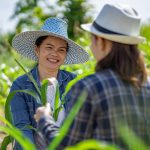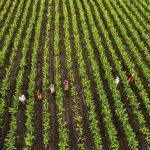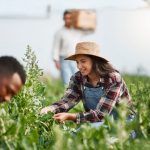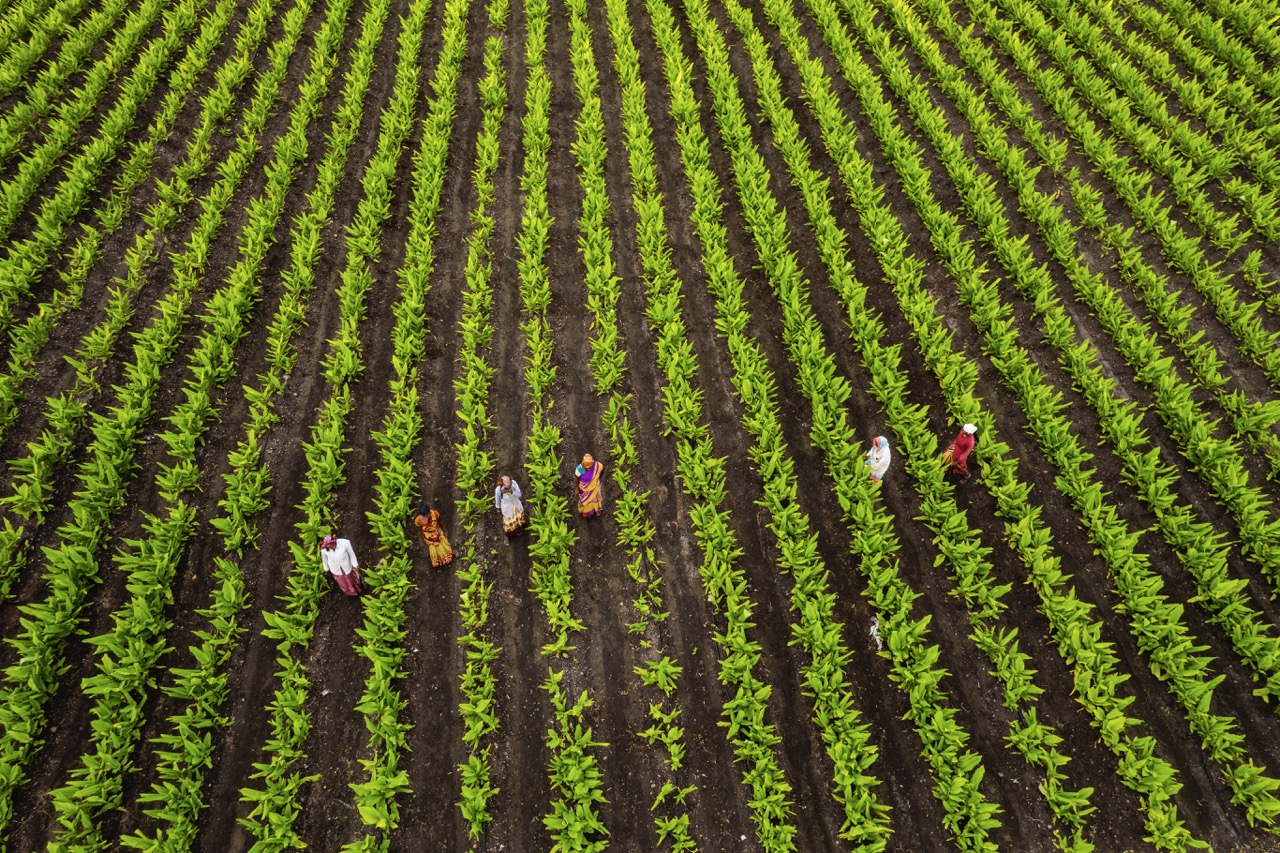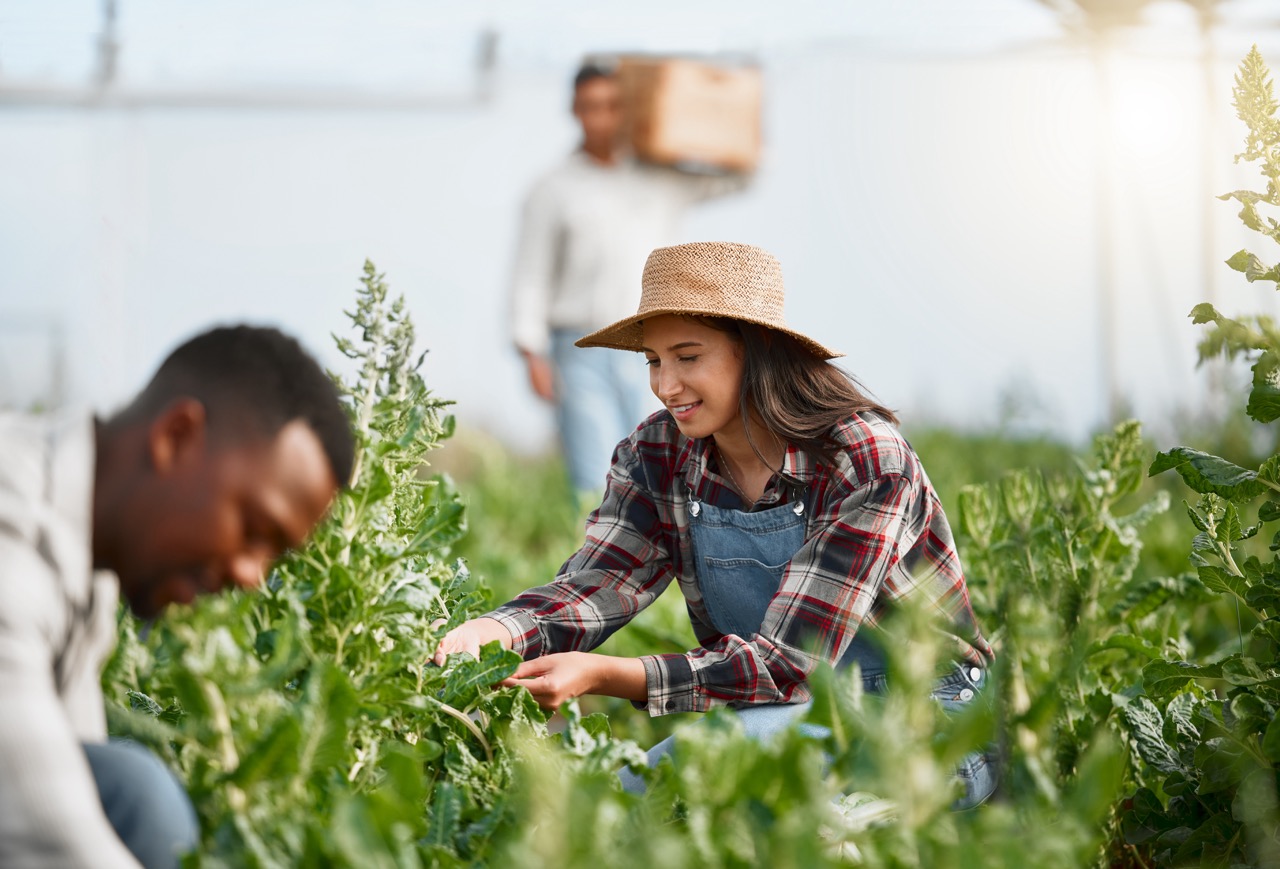Integrating crops and livestock into a balanced farm system is an age-old practice that has seen renewed interest in modern agriculture. With pressing concerns around sustainability, food security, and climate change, farmers are increasingly recognizing the myriad benefits of integrating these two agricultural components. This article delves into the advantages of crop-livestock integration, key practices for establishing a synergistic farm environment, resource management strategies, and the challenges faced in this integrated approach, along with potential solutions.
Understanding the Benefits of Crop-Livestock Integration
The integration of crops and livestock creates a symbiotic relationship that enhances overall farm productivity. This system allows nutrients from animal manure to enrich the soil, improving crop yields and reducing the need for synthetic fertilizers. Additionally, livestock can graze on cover crops or crop residues, reducing the cost of feed while also providing natural pest control through foraging. This reciprocal relationship not only optimizes resource use but also promotes biodiversity and soil health, which are fundamental for sustainable agricultural practices.
Moreover, crop-livestock integration can lead to economic resilience. By diversifying income streams through both crop and livestock production, farmers can better withstand market fluctuations and climate-related challenges. For instance, during a season of poor crop yield, farmers may still benefit from selling livestock or their byproducts. This diversification minimizes financial risk and enhances the farm’s capacity to adapt to changing environmental conditions and consumer demands.
Furthermore, the integration of crops and livestock contributes significantly to food security. With the world’s population continuously growing, maximizing land use efficiency without compromising environmental sustainability is crucial. Integrated systems can produce a variety of food products, including grains, vegetables, meat, and dairy, within the same footprint, thus supporting local food systems and contributing to more resilient communities.
Key Practices for Successful Crop and Livestock Synergy
Successful integration of crops and livestock begins with planning and design. Farmers should assess their land, resources, and climate to determine the best combination of crops and livestock suited for their specific conditions. Crop rotation, introducing legumes into crop systems, and using cover crops are essential practices that enhance soil fertility and reduce pest and weed pressures, creating a conducive environment for livestock grazing.
Another key practice involves rotational grazing, where livestock are moved between pastures or fields. This technique not only prevents overgrazing and soil compaction but also allows for the recovery of pastures, leading to healthier grasslands. By coordinating grazing schedules with planting and harvesting, farmers can effectively utilize crop residues as forage for livestock, thereby minimizing waste and maximizing nutrient cycling on the farm.
Additionally, integrating agroforestry techniques, such as planting trees in pasture lands or alongside crops, can provide shade for livestock while enhancing biodiversity. These trees can also produce fruits or nuts, adding another layer of income. Water management practices such as incorporating ponds or rainwater harvesting systems further support both crops and livestock, ensuring that all farm components work harmoniously together.
Managing Resources for Optimal Farm Productivity
Resource management is crucial in an integrated farming system. Farmers should focus on nutrient management by employing strategies that maximize the use of organic fertilizers, such as composted manure or biofertilizers. Regular soil testing can help determine nutrient deficiencies, allowing for targeted interventions that bolster soil health and crop productivity. Using precision agriculture technologies can also improve resource efficiency, ensuring that both crops and livestock receive the necessary inputs without excess.
Water management is another vital component of successful integration. Implementing drip irrigation or rainwater collection systems can optimize water use for both crops and livestock. Furthermore, establishing water-efficient pastures and forage crops ensures that livestock have access to clean water while also conserving water resources. Sustainable practices such as mulching and cover cropping can help retain soil moisture and reduce evaporation, benefiting both crop and animal productivity.
Finally, maintaining a balance between crop and livestock numbers is essential to avoid overgrazing or nutrient depletion. Farmers should regularly monitor their operations to ensure that the system remains sustainable. Tools such as mixed cropping systems can be employed, where different crops are grown together in a way that complements the dietary needs of the livestock and enhances overall farm output.
Challenges and Solutions in Integrated Farming Systems
Despite its clear advantages, crop-livestock integration does come with challenges. One significant hurdle is the potential for disease transmission between crops and livestock. For example, livestock can introduce pathogens that affect crop health, leading to diminished yields. To mitigate this risk, farmers should implement biosecurity measures, including proper animal vaccination, maintaining clean housing, and practicing good hygiene when handling livestock.
Another challenge lies in the initial investment and knowledge required to successfully integrate these systems. Farmers may need training and access to resources for proper management practices. Extension services and agricultural organizations can play a pivotal role in providing education and technical assistance on integrated farming practices, helping farmers to transition smoothly and effectively into this model.
Lastly, market access for both crops and livestock can be an obstacle. Farmers must develop strategies to diversify their markets and ensure that they can sell both their crops and livestock products profitably. Establishing direct-to-consumer sales, participating in farmers’ markets, or forming cooperatives can enhance market access and create a more stable income stream while building community connections.
Integrating crops and livestock into a balanced farming system presents numerous advantages, from improved soil health and economic resilience to enhanced food security. By adopting key practices and effectively managing resources, farmers can create a more sustainable and productive agricultural environment. While challenges exist, proactive strategies and community support can help overcome these obstacles. As the agricultural landscape continues to evolve, the integration of crops and livestock will prove essential in fostering sustainability and resilience in the face of global challenges.
